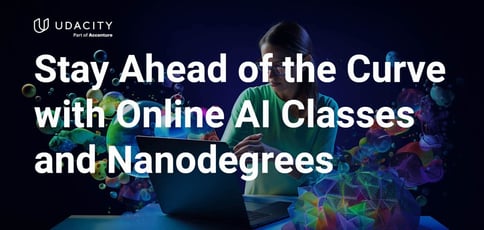
TL; DR: In an era dominated by artificial intelligence, mastering its principles is becoming crucial to navigating the evolving job market. The tech-driven e-learning platform Udacity gives both aspiring and seasoned professionals the knowledge they need through comprehensive programs and expert guidance to find a place in the growing world of tech. Sarah Maris, Senior Manager of Technical Content, shared insights into how the platform propels thousands of students into the deep realms of AI/ML and LLMs.
Even four years later, I know we’re all tired of talking about the COVID-19 pandemic. But we can’t brush that time under the rug — our younger generations remember this period vividly, often calling it the “lost years.”
Yet remote education has had some positive effects. Just as many workplaces recognized the benefits of working from home, online learning became more accessible, too. In fact, between 2020 and the end of 2024, the U.S. online learning market is projected to grow by $12.81 billion.
This trend has introduced a plethora of new online learning platforms and methods. From free massive open online courses (MOOCs) to paid courses, the way people obtain skills and degrees looks very different from a decade ago.
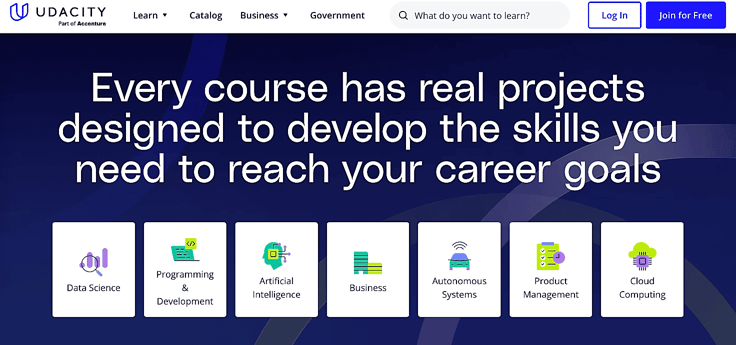
“With the pandemic, we’ve found that most people realize they don’t need in-person education to learn. Instead, you can get an awful lot out of online programs,” said Sarah Maris, Senior Manager of Technical Content of the e-learning platform Udacity.
The brains behind Udacity understand that in a world where AI is trending everywhere we look, learning those skills has become paramount to staying relevant (let alone ahead of the curve).
Udacity prepares students for sought-after, technology-driven careers by offering comprehensive curricula and Nanodegree programs covering a wide range of tech subjects, including AI, autonomous systems, cybersecurity, data science, and much more.
Adapting to a New Era of Education
Udacity was founded in 2011 by Stanford instructors Sebastian Thrun and Peter Norvig when they decided to offer their “Introduction to Artificial Intelligence” course online for free. To their surprise, more than 160,000 students in nearly 200 countries enrolled.
Sebastian and Peter realized they were on the brink of creating an inclusive and accessible learning platform. Since then, they have expanded their course offerings with full-length Nanodegree programs (which more or less function like boot camps).
Fast-forward 13 years, and the Udacity team prioritizes understanding what’s out there and what people want. Udacity does this in a few ways: staying up to date with blogs, speaking with tech experts, getting feedback from current and former students, and attending conferences worldwide.
“All of this information helps tell us what kind of content we should build. We’re trying to stay ahead — and while it’s hard when everything’s moving so quickly, we do it by getting out there and listening to our customers,” Sarah said.
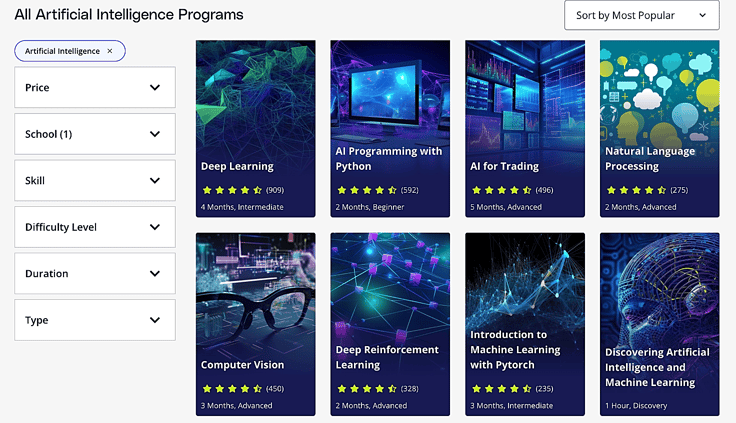
Udacity, now part of Accenture, found that AI is definitely not slowing down. Of course, most of us know this is no secret: I write and hear about it daily as a tech writer. But it’s constantly evolving, and there are almost always different use cases.
For example, research found that virtual assistants are the leading AI use case in software revenue. Conversely, a techUK roundtable discussed the potential uses of AI in social care.
“If you aren’t using AI, the person next to you is, so you need to understand what they’re doing, or you’ll be left behind. This creates significant opportunities not only for practitioners but for everyone,” said Sarah. “In the future, which is approaching faster than we think, everyone will use some form of AI in their jobs.”
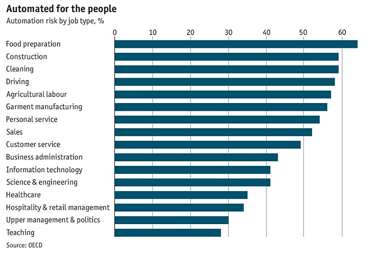
Sarah is right about the future. About 60% of jobs that exist today did not exist in 1940. Augmentation created new jobs — think of the job of social media managers as more businesses harnessed their internet presence. And automation reduced the need for certain jobs, like grocery store cashiers, which self-checkout systems have replaced.
These examples are just one part of why Udacity must remain at the forefront of technology education by covering all tech-related fields. The other part? Sarah said understanding the trends in tech, like AI, will become necessary, no matter your job or role.
“AI is no longer just a fun thing to do or something to do when you have the time; it’s something we believe everybody is going to have to do,” she added. “And we’re here to make it easier and more accessible for everybody.”
Building AI Literacy for Everyone
AI will undoubtedly play a pivotal role in our future economy, in sectors from marketing to security. To prepare for these in-demand career paths, Udacity offers several schools, each with comprehensive programs in various tech fields:
- School of Artificial Intelligence
- School of Autonomous Systems
- School of Business
- School of Cloud Computing
- School of Cybersecurity
- School of Data Science
- School of Executive Leadership
- School of Product Management
- School of Programming
These schools offer almost everything you could imagine within the tech umbrella, including business analytics, introductory programming courses, and, yes — even self-driving car engineering courses.
What’s more, Udacity also offers different types of content.
One is Fluency, which is tailored for those working directly with AI practitioners and provides them with vocabulary and basic understanding to engage in everyday conversation.
The other type of content, Discovery, is for everyone within an organization, no matter their level, so they can better understand AI’s relevance to their work, whether they use it directly or not.
“It’s not scary, and it won’t replace your job,” Sarah promised. “Instead, it will allow you to do the parts of your job that are more interesting, and humans do better at than machines. Let machines handle the mundane tasks while humans focus on what we’re best at.”
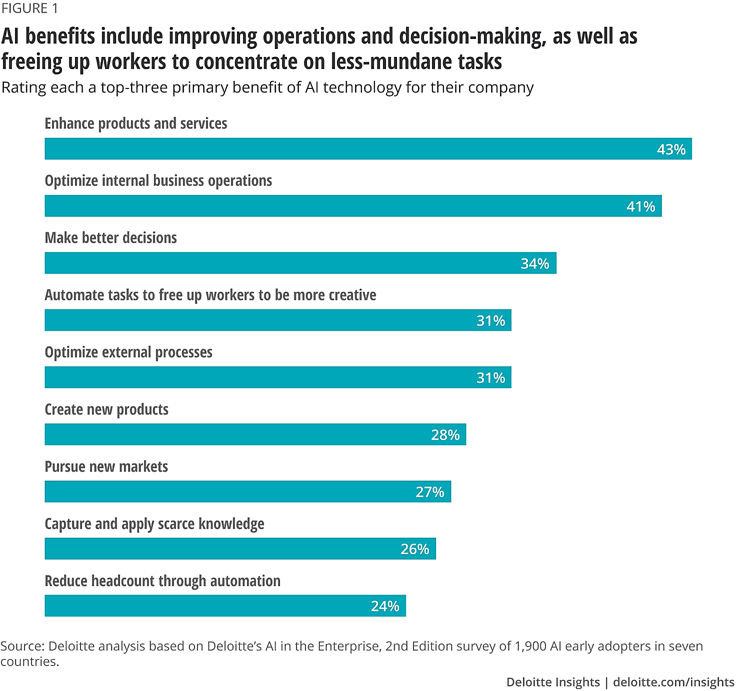
Udacity recently partnered with the Information Technology Industry Development Agency (ITIDA) for its Future Work is Digital initiative. The program focuses on equipping more than 200,000 young Egyptians with applicable digital technology skills relevant to the growing job market.
“We start with some essential fundamental digital literacy skills and build on those, so by the time the learners graduate, they’re already familiar with these upskilling programs,” Sarah explained. “We helped a new generation of Egyptians build job-ready technical skills that will take Egypt’s economy to a new place. It’s truly exciting!”
Hands-On Learning for Job-Ready Skills
Udacity is not a typical online learning platform. You can’t just watch its course videos, hit the ‘Next’ button when you’re finished, and walk out with a certificate. With Udacity, there’s no easy ‘A’ — but there is an earned one.
Udacity offers hands-on experiences, including projects graded by real-life experts. It also offers project-based learning, during which students tackle tasks relevant to real-world roles and get feedback from established professionals within the space.
“You can watch a million videos, but the learning might not stick because it’s a passive experience. Learning is stickier when you’re challenged,” Sarah said and then laughed: “We don’t get to the point of a challenge where we’re making you cry, but we do want to get to a point where you’re struggling just a little bit. Because when you struggle, that’s when the learning sticks.”
As for what’s next for Udactiy, it plans to expand its AI/generative AI programs and strengthen its foundational offerings.
Essential skills like Python and basic programming, for example, are an area of focus because they are the prerequisite classes you need to take for more advanced concepts, such as manipulating LLMs or becoming a Tesla engineer.
Even if you don’t have any experience, Udacity’s foundational knowledge base is a great place to begin. Choose your program of study and start with an introductory course or two.
“We’re basically at the doorstep of a new age, and we’re so excited to be a part of it. Our vision is forging a future in tech, and we don’t just mean for organizations, but for all the individuals who make up these companies,” Sarah said. “There’s this beautiful opportunity out there for every one of us to become better, stronger digital professionals.”
While you can join Udacity for free to explore its vast library at your leisure, the platform operates on a subscription-based model. Plans starting at $249 per month give subscribers unlimited access to Udacity’s expansive course library, career resources, and hands-on projects.
You’ve got nothing to lose and possibly everything to gain, so try Udacity today.



